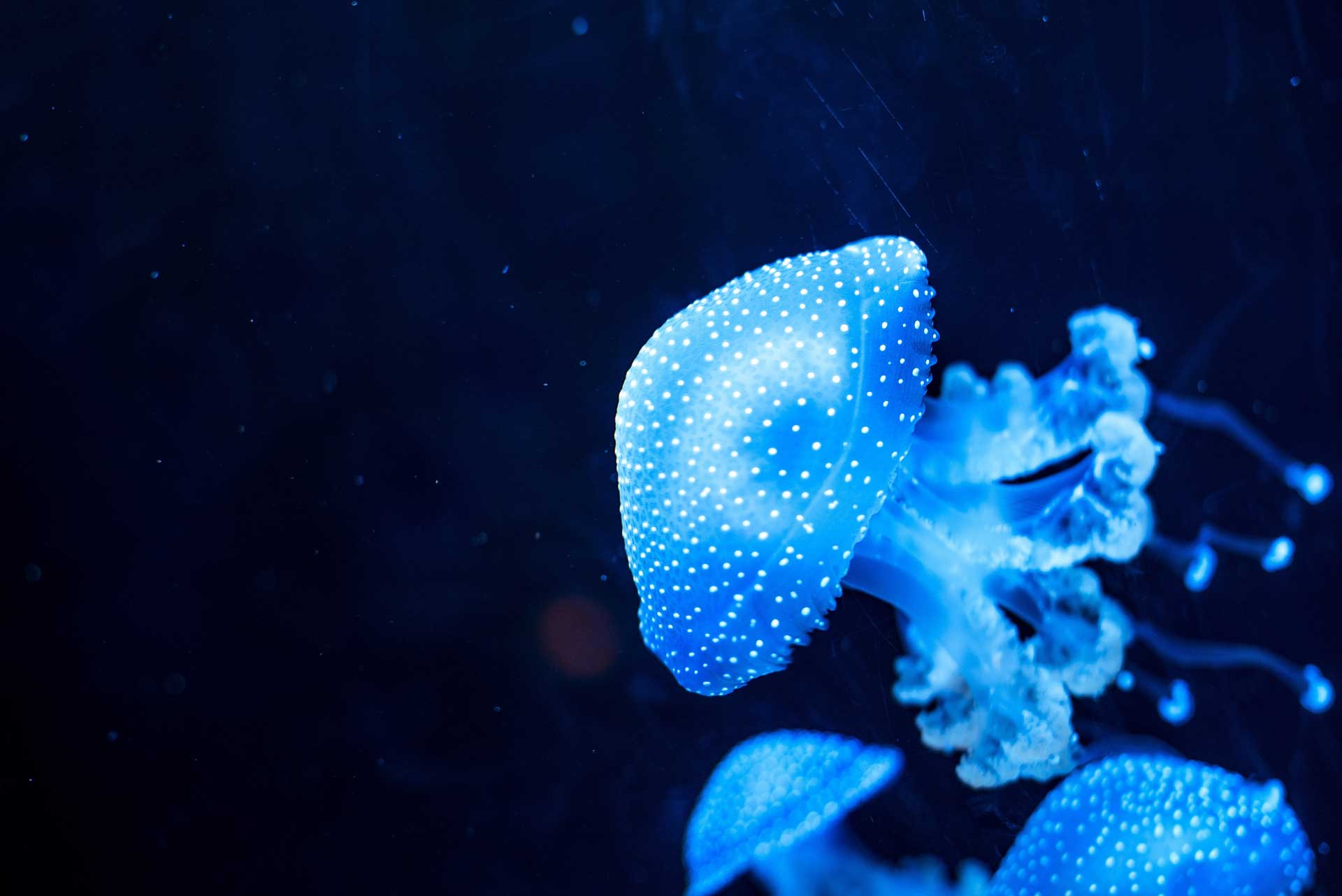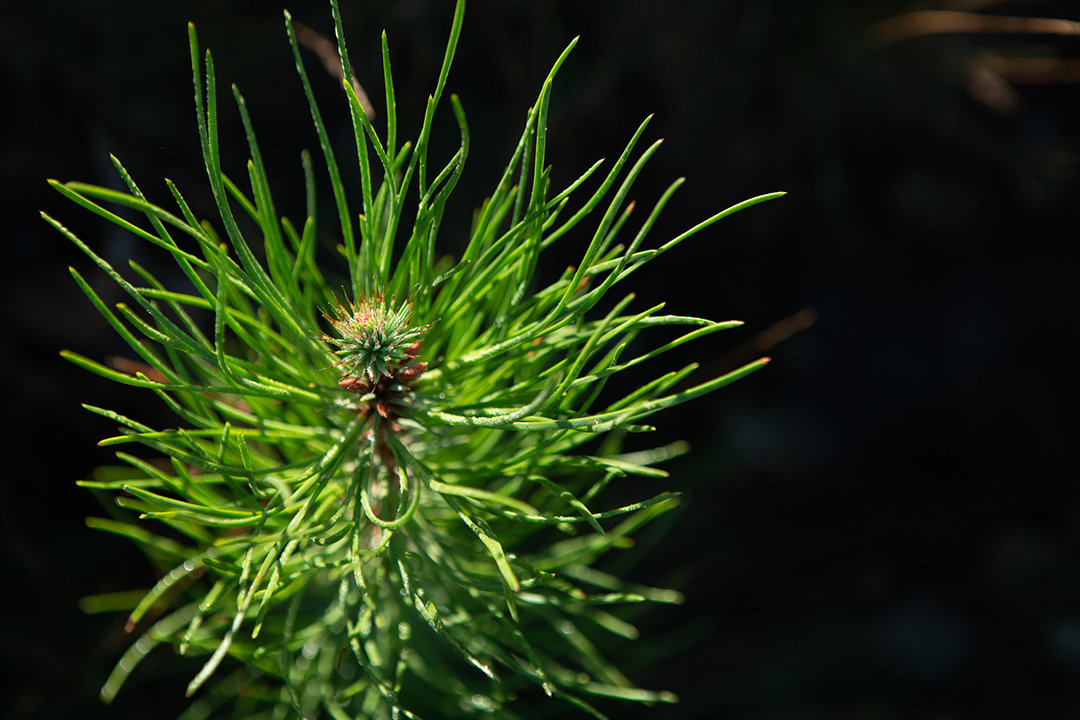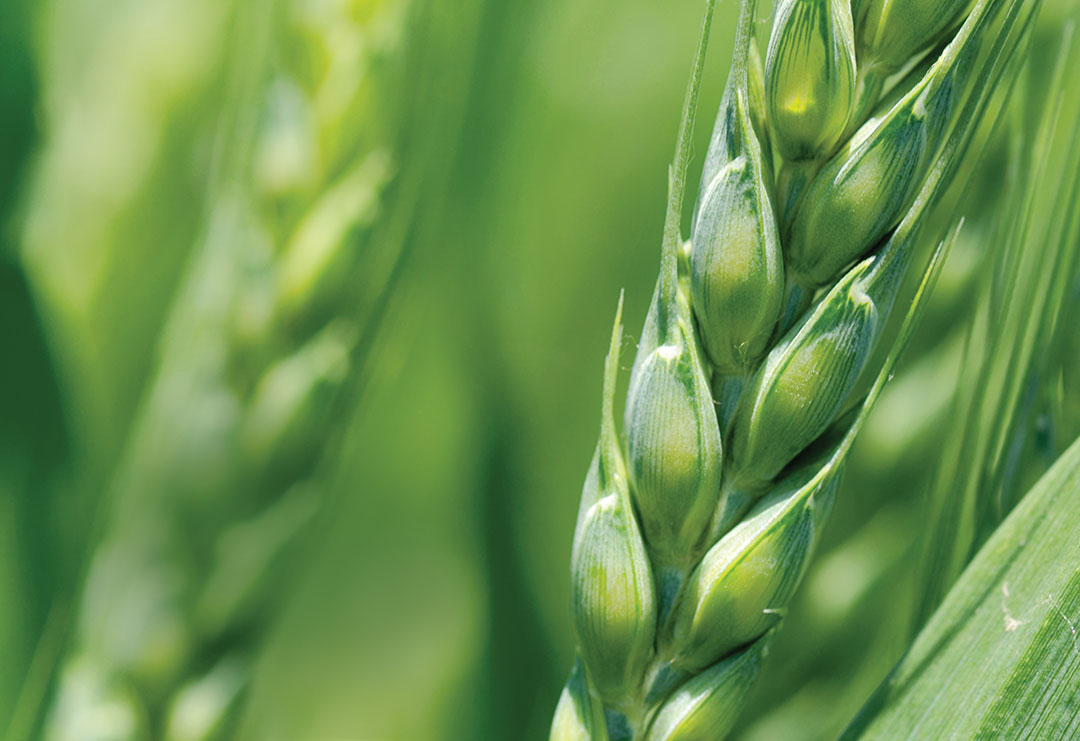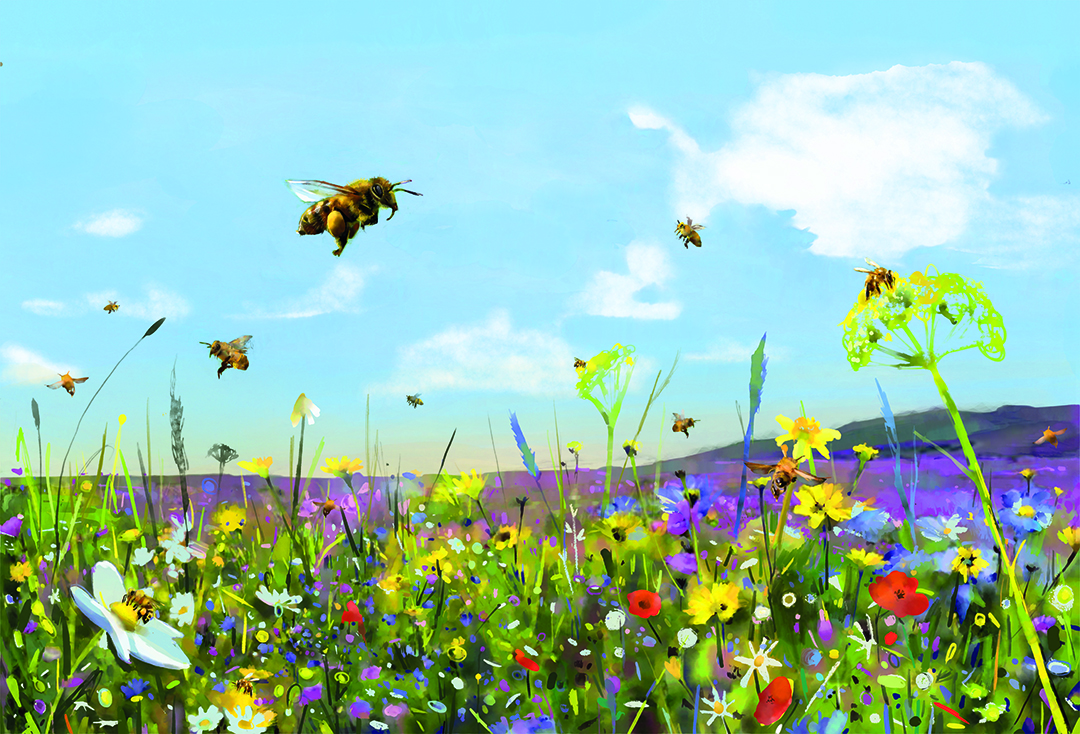
Beeing Alive
It’s dinner time at home and the plate flies to the table in multiple colours. The menu: grilled smoky veggies with avocado and mustard greens. The cook surely did its best, but the yummy dish this hungry guy is about to try wouldn’t have been possible without the precious help of bees. Yes, bees. As surprising as it may seem, they take much credit for this balanced, healthy meal. Tomatoes and peppers were taken care of by bumblebees. Squash, zucchini and cucumbers were the result of squash bees’ job. Honey bees lent a hand (better, a wing) with avocados and mustard greens.
More than 75% of the world’s food crops depend on bees and other pollinators (like butterflies, bats and hummingbirds), along with nearly 90% of the world’s wild flowering plant species and 35% of global agricultural land. They play a crucial role either pollinating the many vegetables, fruits, seeds and oils we consume, or pollinating the food for the animals that we then eat. Besides, two other important products in our daily lives come courtesy of these tiny insects with a proven big impact: honey and wax (widely used in a variety of products, from candles to skincare products).
And, while accomplishing all these tasks, bees are also key to protecting biodiversity. For millions of years, this pollination service was provided at no cost. At least, apparently. However, intensive farming practices, land-use change and monoculture have led to large-scale losses, fragmentation and degradation of their habitats.Pesticides and diseases, triggered by reduced resistance of bee colonies, have posed another threat. Furthermore, the consequences of climate change also had a negative impact on pollination: these include higher temperatures, droughts, floods, other extreme climate events and changes of flowering time, which desynchronize the demand of blooming flowers for pollinators – for instance, crops such as mangoes in tropical regions, or almonds and cherries in temperate regions, present periods of mass blooming over relatively short time spans, requiring a massive peak in pollinators.
A HONEY OF A DEAL
In 2006, the term Colony Collapse Disorder (CCD) was coined to classify the threat. This refers to a phenomenon in which the majority of honeybees in a hive disappear, leaving behind a vulnerable queen and younglings and meaning the colony is never able to recover. From 2013 to 2019, more than 10 million bee colonies across the world were lost, often to CCD, nearly twice the normal rate of loss. If this scenario of decline goes on, the first implication will be in the availability of a variety of crops: nutritious ones as vegetables, fruit and nuts will be substituted increasingly by staple crops like rice, corn and potatoes, eventually resulting in an imbalanced diet.
The good news is that there are countless collective ways of reverting the worldwide bee crisis. As individuals, by planting a diverse set of native plants which flower at different seasons or buying honey from local farmers and other sustainable products. As beekeepers or farmers, by avoiding pesticides as well as diversifying crops or creating hedgerows. As governments and other decision-makers, by enforcing strategic measures, involving communities in decision-making − in particular those of local people, who depend, know and respect ecosystems and biodiversity − and, finally, increasing collaboration between organisations, academic and research networks, to monitor and evaluate pollination services.
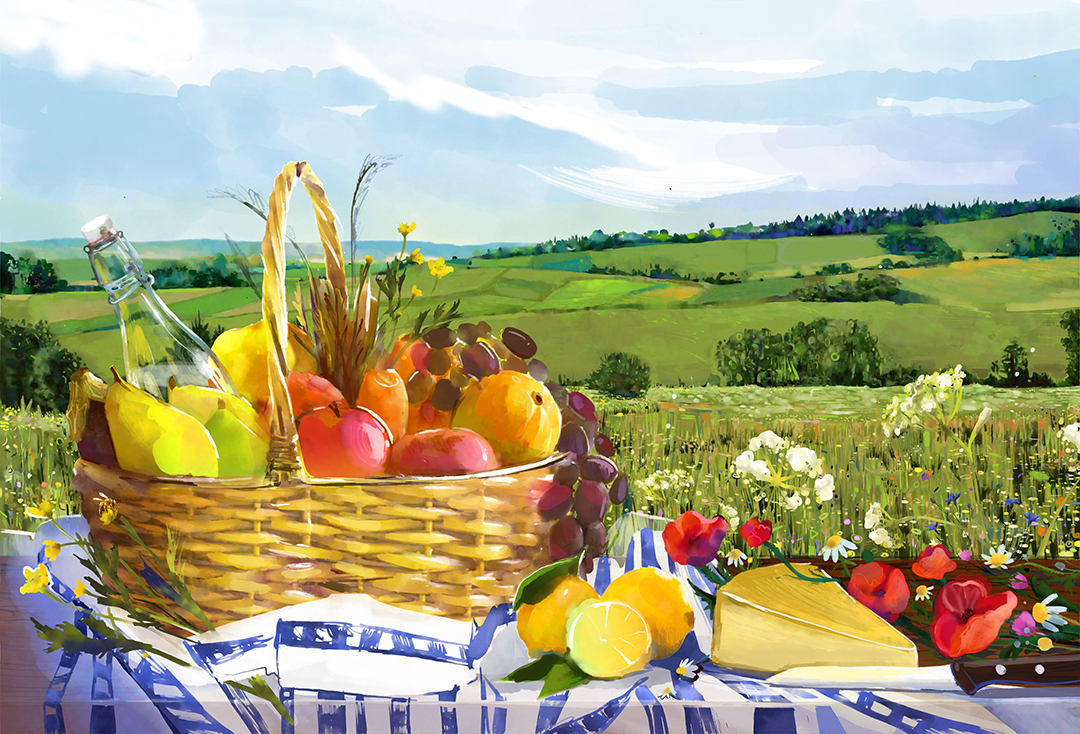
WORLD BEE DAY
In 2017, the United Nations designated May 20 as World Bee Day. The goal is to raise awareness of pollinators’ contribution to sustainable development, as well as to challenge governments, organizations, civil society and concerned citizens everywhere to take action. The date was chosen as it was the day Anton Janša (1734-1773), a Slovenian pioneer of modern apiculture, was born. Janša wrote two books on the field in German: “Abhandlung vom Schwärmen der Bienen” (“Discussion on Beekeeping”, 1771) and “Vollständige Lehre von der Bienenzucht” (“A Full Guide to Beekeeping”, 1775). In the latter, he noted: “Bees are a type of fly, hardworking, created by God to provide man with all needed honey and wax. Among all God’s beings there are none so hard working and useful to man with so little attention needed for its keep as the bee.”
THE ASIAN HORNET
Identified in Portugal since 2011, it is a bee predator and is on the “List of Invasive Exotic Species of Concern in the European Union”. European hornets, which have an important role in balancing biodiversity and pollination, are also haunted by the alien insects.
BITTERSWEET FACTS
- There are around 20,000 species of wild bees in the world
- Almost 90% of wild flowering plants depend to some extent rely on animal pollination
- More than 40% of invertebrate pollinators – particularly bees and butterflies – are facing extinction
- Up to 510 billion euros’ worth of annual food production rely on direct contributions by pollinators
Source: Intergovernmental Science-Policy Platform on Biodiversity and Ecosystem Services (IPBES)
